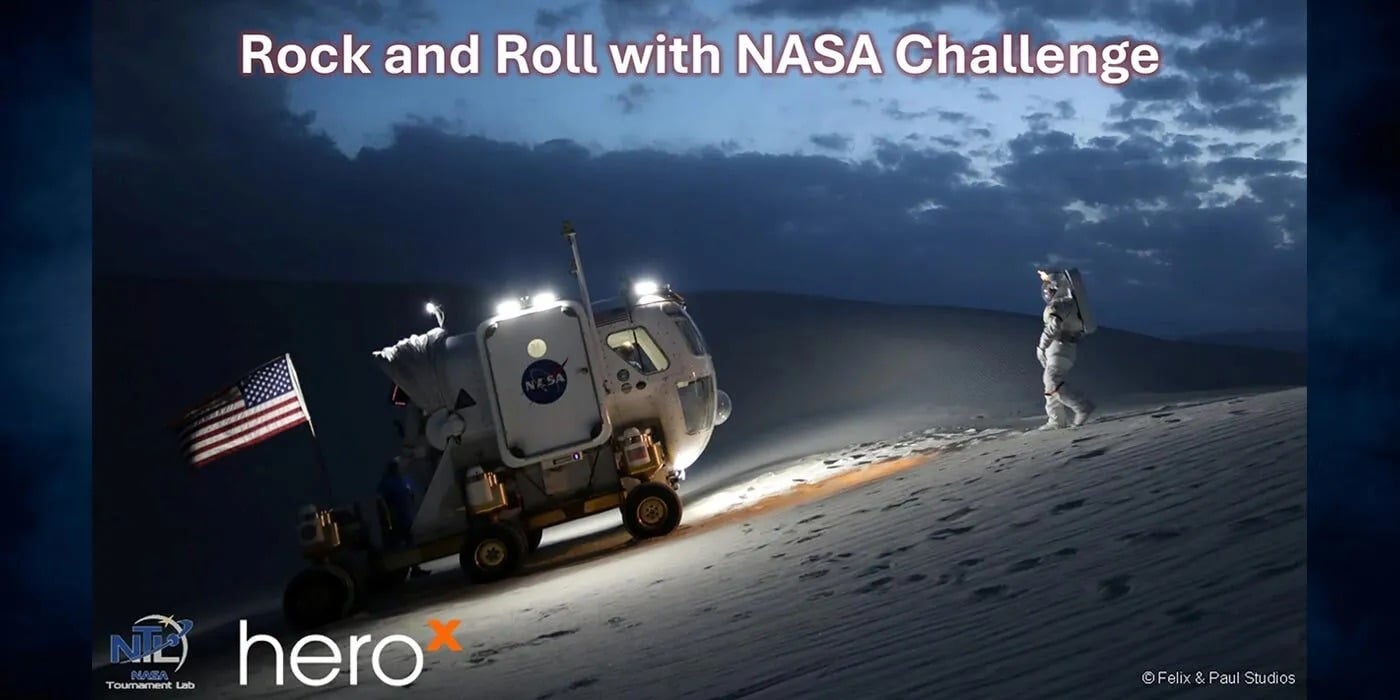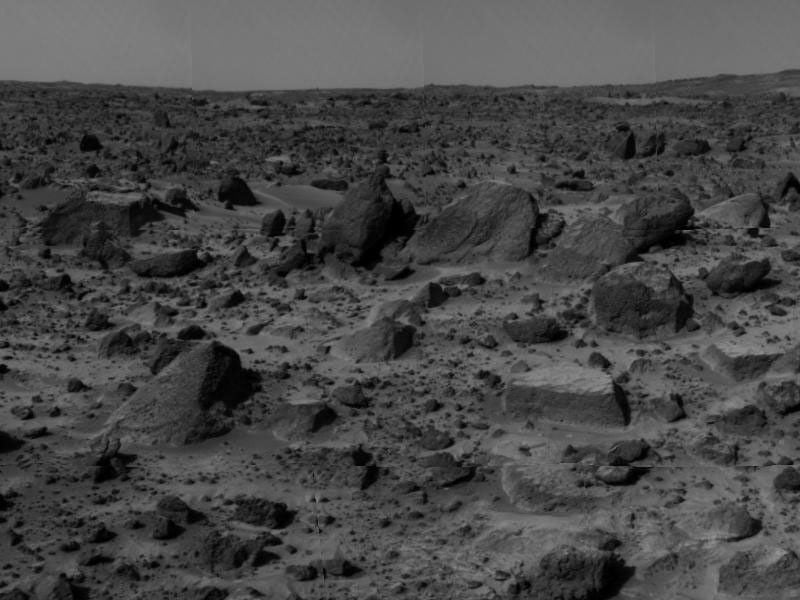
The US space agency NASA needs your help designing the next set of wheels for space vehicles. The "Rock and Roll with NASA Challenge" is hosted on the innovation platform HeroX. It challenges students, engineers, and creative minds to design wheels that can withstand the Moon's harsh conditions. These innovations could shape the future of lunar exploration.
Simple as it sounds, building wheels for the Moon is anything but easy. The lunar surface is strewn with jagged rocks, steep slopes, and deep craters. Much of it is blanketed in ultra-fine dust called regolith. This dust clings to wheels and is highly abrasive, which can damage equipment. Adding to the challenge, lunar temperatures swing dramatically. They can reach 250°F (121°C) during the day and fall below -200°F (-129°C) at night.
NASA has previously tested rigid wheels on the lunar surface. While these wheels performed well at low speeds, they struggled at higher speeds. For the next-generation design, the space agency is looking for a wheel that is lightweight, flexible, and able to absorb shocks over rough terrain. It must resist wear from lunar dust and remain functional for years without maintenance.

The wheel challenge will be rolled out in three phases from Fall 2025 through Spring 2026. Up to $150,000 in prizes will be awarded across all stages.
Phase 1 will require participants to submit concepts that meet the strict goals for weight, durability, and dust resistance. Entrants must also explain the science behind their design. In Phase 2, selected teams will build prototypes. Finally, in Phase 3, the prototypes will be tested in a simulated lunar environment. The wheels will be mounted on NASA's MicroChariot Rover and tested at speeds of about 15 mph (25 kmh) to see how they handle the steep slopes and uneven terrain. Winning designs could be integrated into future rovers for the Moon, Mars, and beyond.
Not surprisingly, the challenge has sparked global interest. As of August 14, 2025, more than 150 innovators have signed up to participate. With ideas coming from classrooms, garages, and design labs around the world, the next revolutionary Moon wheel could come from anyone — maybe even you. Ready to roll?
Resources: Space.com, therobotreport.com, tirereview.com